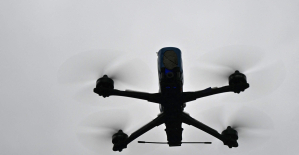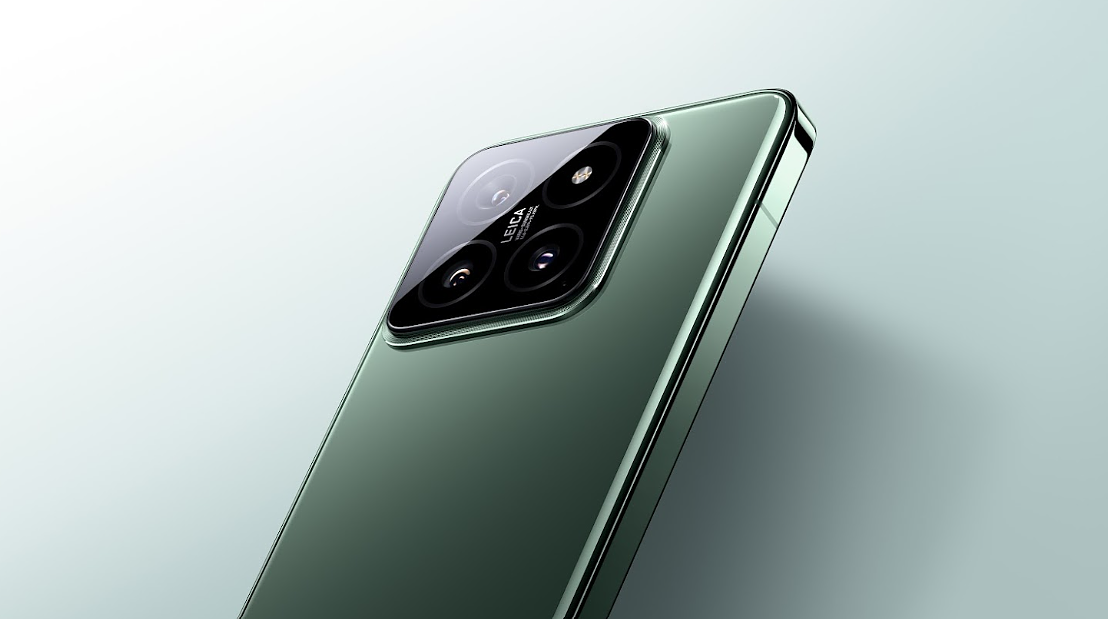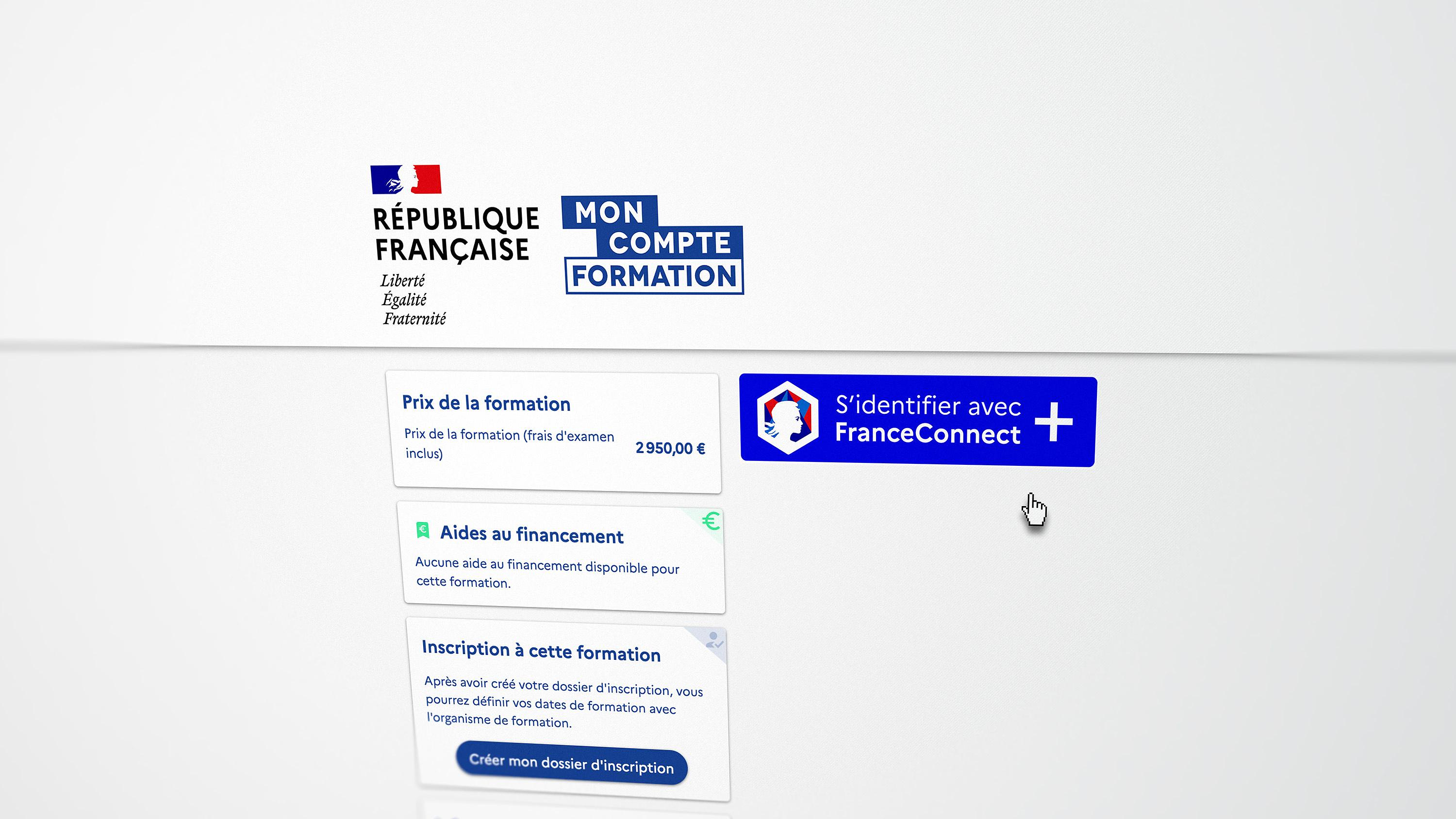Xiaomi has presented in the run-up to the Mobile World Congress what will be its high-end terminals, the new Xiaomi 14 and 14 Ultra.
The Chinese manufacturer, for a long time the king of the cheapest mobile phones, confirms its commitment to photography with the help of the century-old Leica to stand up to giants like Samsung and Apple in the high-end.
At the event, the Asian firm announced the HyperOS operating system, with which it aims to create greater unity in its ecosystem, including mobile phones, connected devices and its brand new car, which can probably be seen these days at the MWC. In fact, Xiaomi groups this strategy under the "Human x Car x Home" concept, to guarantee a 360º connection of all connected devices and in which the car becomes a crucial component.
William Lu, CEO of Xiaomi and head of the Chinese manufacturer's international business, has highlighted that HyperOS "is more than an operating system", since it will play a crucial role in the development of an ecosystem that connects users with their devices. personal, the car and the smart home. The executive has pointed out that Xiaomi has "the largest IoT platform for consumers", with more than 699 million connected smart devices.
At this year's MWC there is one technology that seems to encompass everything, and that is AI. Xiaomi has some artificial intelligence functions in its new devices thanks to HyperOS, but the company confirms that most of the functions will be integrated little by little as the year progresses and in a phased manner, without turning AI to its maximum. motto during this fair.
Also, there are some interesting tools. For example, Xiaomi claims that Xiaomi 14 Series users can experience greater system fluidity with advanced file and memory management features and a revamped user interface.
Large AI models are integrated into various system applications, such as AI subtitles, which enable real-time transcription of spoken content during video conferencing. AI album search employs natural language processing, allowing users to locate specific images within their photo collections by describing what they are looking for. AI Portraits uses advanced algorithms to create new portrait compositions from pre-existing images. Additionally, AI Expansion facilitates realistic extensions of existing image content, providing new creative possibilities.
Another interesting part for which AI is very necessary is for the new terminals to better understand the user and anticipate their needs. Xiaomi HyperMind uses the four perceptual capabilities of devices: environment, vision, sound and behavior, to learn user preferences and automatically adapt devices to their needs. For example, if a user usually turns on the living room light when unlocking their smart lock, Xiaomi HyperMind will automatically illuminate the room after learning this pattern, with prior authorization from the user.
Likewise, thanks to the collaboration with Google, a new integration with Google Photos is created through which users will also be able to seamlessly view, edit and share the content backed up in Google Photos directly from their Xiaomi Gallery.
Xiaomi has been collaborating with the photography firm Leica for two years to make its top-of-the-range terminals competitive equipment with almost professional lenses. But this year, they say, they have reached the peak of their collaboration thanks to Leica Summilux lenses.
During the event, Leica CEO Matthias Harsch announced the creation of a joint research institute in optics "to make the best optical system for mobile imaging."
Xiaomi 14 Ultra features four lenses offering six focal lengths and a range of focal lengths ranging from 12mm to 120mm. In total, a Leica 75mm floating telephoto camera, the Leica 120mm periscope camera and the Leica 12mm ultra wide angle camera.
Interesting is that all four lenses support 8K recording at 30 fps. Additionally, the main camera supports 4K recording at 120fps and is adaptable for up to 5x slow motion effects. In addition, the 4K resolution offers full range zoom at 60 fps. The device also supports recording in Dolby Vision at 4K 60 fps and features stabilization. An additional microphone has also been added to form a 4-microphone array, allowing for both surround sound recording and directional sound recording.
In the case of the Xiaomi 14, the camera module is made up of three lenses, covering a focal range from 14 mm to 75 mm. This device has been designed with Leica Summilux optical lenses like its older brother, in this case with an improved /1.6 aperture on the main camera. In addition, the resolution of the Leica 14mm ultra-wide-angle camera has been improved to 50MP, while offering the Leica 75mm floating telephoto lens, with a minimum focusing distance of just 10cm.
Cristiano Amon, CEO of Qualcomm, highlighted during the event the relevant role that its Snapdragon Gen 3 chip plays so that Xiaomi can improve the photographic features of its new family of mobile phones.
On the outside, the aesthetics of the new Xiami 14 Series are very similar to the 13 series terminals presented last year, but inside there are interesting improvements, especially in the processor and battery section.
Starting with the display, the Ultra model boasts a 6.73-inch WQHD AMOLED display and a variable refresh rate of 1-120Hz, all backed by a peak brightness of 3000 nits. In the case of the Xiaomi 14, 6.36-inch CrystalRes AMOLED 1.5K display with the same peak brightness and also variable refresh rate up to 120 Hz.
Both are equipped with the Snapdragon 8 Gen 3, which features a considerable 32% increase in CPU performance and a 34% reduction in power consumption, along with a notable 34% increase in CPU performance. GPU and a 38% reduction in power consumption, compared to the previous generation.
In addition, it includes Xiaomi IceLoop in both devices, a cooling system that allows the device to respond better to new demands, such as the use of AI in real time. In the case of the Ultra model, Xiaomi uses the new Xiaomi Dual-Channel IceLoop system, which introduces a second thermal channel dedicated exclusively to the camera module for smoother photography and videography.
In terms of battery, Xiaomi 14 is powered by a 4610mAh battery with 90W and 50W wireless charging. Xiaomi 14 Ultra is powered by a larger 5000mAh battery with 90W and 80W wireless charging.
Xiaomi 14 is now available in all operators and retailers in Spain in three colors: black, white and jade green and in two configurations of 12,256GB and 12,512GB at a price of 999 and 1,099, respectively.
Xiaomi 14 Ultra will arrive in black and white in mid-March and can be purchased in a single 16,512GB configuration for 1,499 euros.
As an initial promotion, from today until March 18, all people who buy a Xiaomi 14 will get the Xiaomi Pad 6 tablet as a gift. For their part, all those who pre-purchase a Xiaomi 14 Ultra in the same period will get As a gift, a professional photography kit dedicated to the phone.
The Asian company has taken advantage of its event to also announce a new tablet, Xiaomi Pad 6S Pro and three new wearables, Xiaomi Smart Band 8 Pro, Xiaomi Watch S3 and Xiaomi Watch 2.
The well-known activity bracelet from the Chinese firm is updated with improvements to offer greater customization, better sports monitoring and health control. In addition, it has 23% more battery than its predecessor, allowing a duration of more than 14 days. The new Xiaomi Smart Band 8 Pro is available for 69.99 euros.
In the case of the Xiaomi Watch S3, it is a multifunctional watch with a classic watch design and is sold for 149.99 euros.
Finally, the Xiaomi Watch 2 is the company's top-of-the-range watch, with more than 160 sports modes and a very careful design, it sells for 199.99 euros.
In addition, the new tablet, Xiaomi Pad 6S Pro 12.4, will be available in black and can be purchased with two storage variants: 8,256 with a price of 699.99 euros and 12,512GB for 799 euros, only on the company's website. China.

 Russia: schools will train children to use drones at the start of the school year
Russia: schools will train children to use drones at the start of the school year Austria: incestuous torturer Josef Fritzl, nicknamed the “national monster”, could soon be released
Austria: incestuous torturer Josef Fritzl, nicknamed the “national monster”, could soon be released An airline continues to treat a centenarian as a one-year-old baby
An airline continues to treat a centenarian as a one-year-old baby Germany: the trial of nine “Citizens of the Reich” conspirators begins this Monday
Germany: the trial of nine “Citizens of the Reich” conspirators begins this Monday Sánchez cancels his agenda and considers resigning: "I need to stop and reflect"
Sánchez cancels his agenda and considers resigning: "I need to stop and reflect" The Federal Committee of the PSOE interrupts the event to take to the streets with the militants
The Federal Committee of the PSOE interrupts the event to take to the streets with the militants Repsol: "We want to lead generative AI to guarantee its benefits and avoid risks"
Repsol: "We want to lead generative AI to guarantee its benefits and avoid risks" Osteoarthritis: an innovation to improve its management
Osteoarthritis: an innovation to improve its management Sanofi: demonstration in front of Paris headquarters against job cuts
Sanofi: demonstration in front of Paris headquarters against job cuts The Chinese car manufacturer BYD sets out to conquer France
The Chinese car manufacturer BYD sets out to conquer France Public finances: after the deputies, Bruno Le Maire asks the senators for savings avenues
Public finances: after the deputies, Bruno Le Maire asks the senators for savings avenues Faced with opposition from London, a fund supported by Abu Dhabi abandons the purchase of the Daily Telegraph
Faced with opposition from London, a fund supported by Abu Dhabi abandons the purchase of the Daily Telegraph Omar Sy on all cultural fronts
Omar Sy on all cultural fronts Jacques Audiard, Swann Arlaud, Benjamin Stora... A hundred men from cinema, theater and books in support of
Jacques Audiard, Swann Arlaud, Benjamin Stora... A hundred men from cinema, theater and books in support of Resale, scams and fake tickets: how not to get scammed before Taylor Swift concerts
Resale, scams and fake tickets: how not to get scammed before Taylor Swift concerts Isild Le Besco is not ready to file a complaint against Benoît Jacquot
Isild Le Besco is not ready to file a complaint against Benoît Jacquot Omoda 7, another Chinese car that could be manufactured in Spain
Omoda 7, another Chinese car that could be manufactured in Spain BYD chooses CA Auto Bank as financial partner in Spain
BYD chooses CA Auto Bank as financial partner in Spain Tesla and Baidu sign key agreement to boost development of autonomous driving
Tesla and Baidu sign key agreement to boost development of autonomous driving Skoda Kodiaq 2024: a 'beast' plug-in hybrid SUV
Skoda Kodiaq 2024: a 'beast' plug-in hybrid SUV The home mortgage firm rises 3.8% in February and the average interest moderates to 3.33%
The home mortgage firm rises 3.8% in February and the average interest moderates to 3.33% This is how housing prices have changed in Spain in the last decade
This is how housing prices have changed in Spain in the last decade The home mortgage firm drops 10% in January and interest soars to 3.46%
The home mortgage firm drops 10% in January and interest soars to 3.46% The jewel of the Rocío de Nagüeles urbanization: a dream villa in Marbella
The jewel of the Rocío de Nagüeles urbanization: a dream villa in Marbella Europeans: a senior official on the National Rally list
Europeans: a senior official on the National Rally list Blockade of Sciences Po: the right denounces a “drift”, the government charges the rebels
Blockade of Sciences Po: the right denounces a “drift”, the government charges the rebels Even on a mission for NATO, the Charles-de-Gaulle remains under French control, Lecornu responds to Mélenchon
Even on a mission for NATO, the Charles-de-Gaulle remains under French control, Lecornu responds to Mélenchon “Deadly Europe”, “economic decline”, immigration… What to remember from Emmanuel Macron’s speech at the Sorbonne
“Deadly Europe”, “economic decline”, immigration… What to remember from Emmanuel Macron’s speech at the Sorbonne These French cities that will boycott the World Cup in Qatar
These French cities that will boycott the World Cup in Qatar Bayern Munich-Real Madrid: in video, all the goals from the C1 clash
Bayern Munich-Real Madrid: in video, all the goals from the C1 clash Ligue 1: Zaire-Emery, Yoro, Roy, Griezmann... The others nominated for the UNFP Trophies
Ligue 1: Zaire-Emery, Yoro, Roy, Griezmann... The others nominated for the UNFP Trophies Bayern Munich-Real Madrid: in video, the magnificent tifo in tribute to Franz Beckenbauer
Bayern Munich-Real Madrid: in video, the magnificent tifo in tribute to Franz Beckenbauer Ayrton Senna: 30 anecdotes that you (perhaps) don't know about the Brazilian who died thirty years ago
Ayrton Senna: 30 anecdotes that you (perhaps) don't know about the Brazilian who died thirty years ago
















